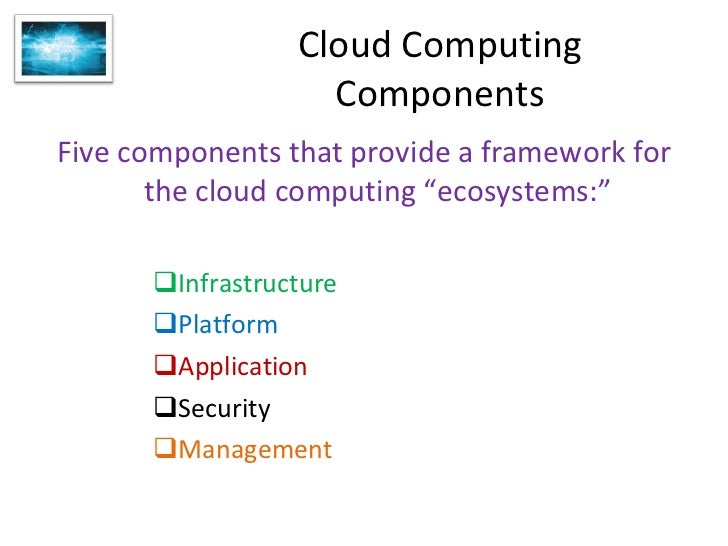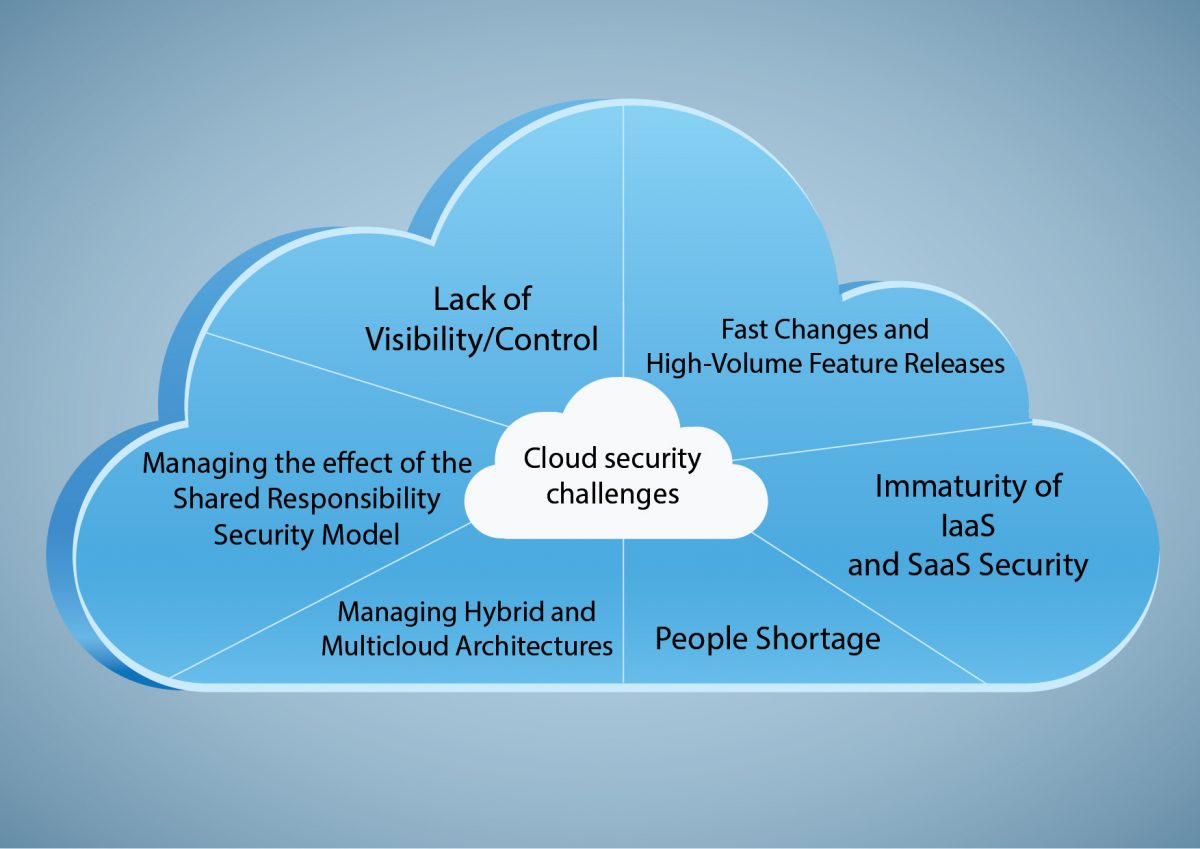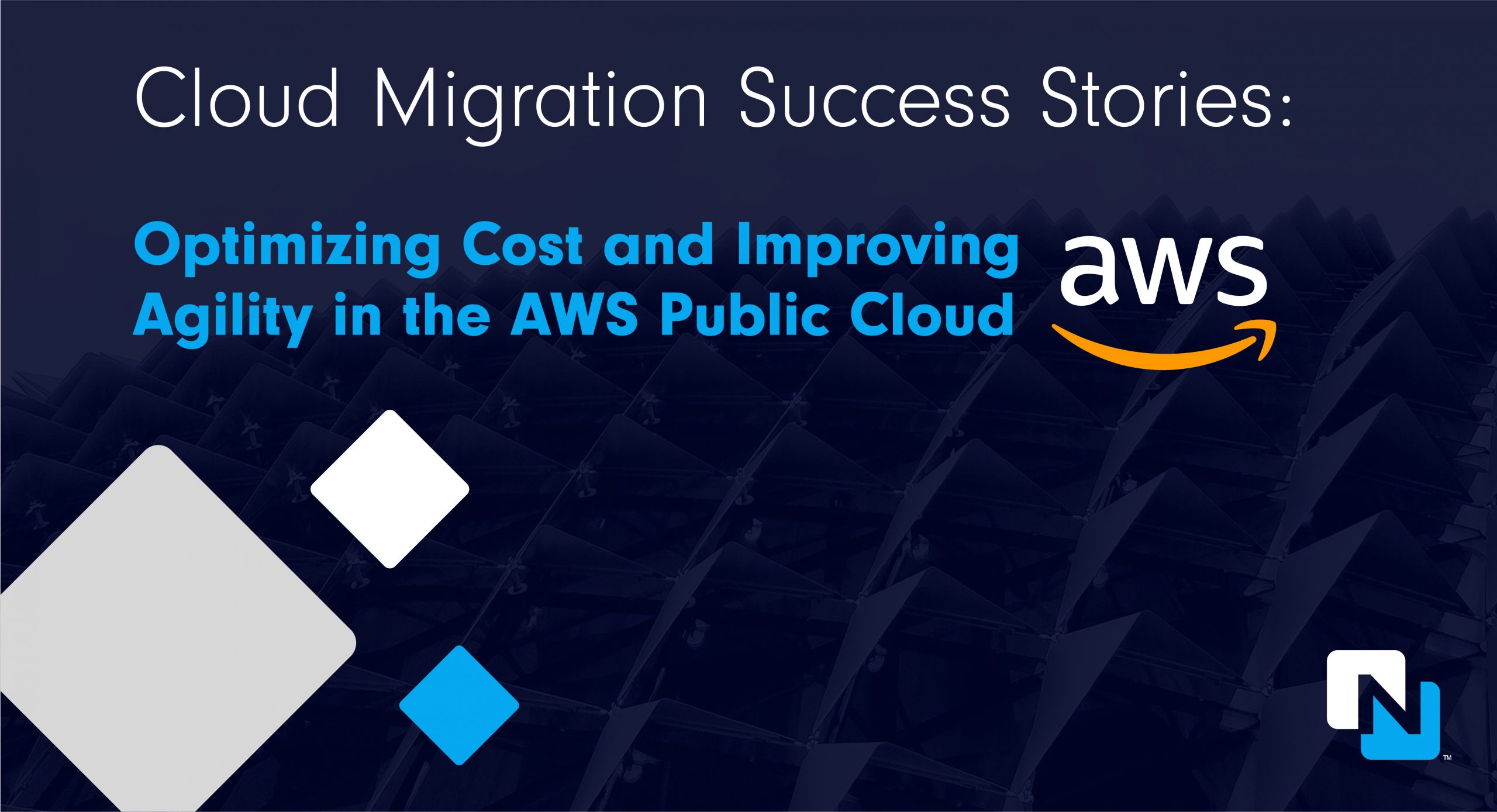Understanding the Role of Cataloging and Discovery in Cloud Computing
Cataloging and discovery in cloud ecosystems are essential processes that facilitate efficient resource management, streamlined workflows, and cost optimization. By effectively cataloging and discovering resources in cloud environments, organizations can significantly enhance their operational agility, scalability, and overall performance.
In cloud computing, cataloging refers to the systematic organization and classification of resources, including virtual machines, storage, databases, and applications. Proper cataloging enables administrators to manage resources centrally, ensuring that they are utilized optimally and aligned with business objectives. Discovery, on the other hand, involves identifying and locating resources within the cloud environment, making it easier to monitor, analyze, and optimize their usage.
The benefits of cataloging and discovery in cloud ecosystems are numerous. First, they promote better resource allocation by ensuring that underutilized or idle resources are identified and redistributed to areas where they are needed most. This, in turn, leads to improved workload distribution and enhanced overall cloud performance. Second, cataloging and discovery simplify compliance management by enabling organizations to track resource usage, monitor access controls, and maintain data encryption across their cloud infrastructure.
Moreover, cataloging and discovery contribute to cost optimization by providing insights into resource consumption patterns and identifying opportunities for consolidation or rightsizing. By understanding how resources are being used, organizations can eliminate waste, reduce unnecessary spending, and ensure that their cloud investments deliver maximum value. Finally, cataloging and discovery support effective change management by maintaining an up-to-date inventory of cloud resources and tracking modifications, making it easier to manage dependencies and minimize potential disruptions.
Key Cataloging and Discovery Solutions in Cloud Ecosystems
Cataloging and discovery in cloud computing are facilitated by various tools and platforms designed to streamline resource management, enhance workflow efficiency, and optimize costs. This section introduces popular solutions for cataloging and discovery in cloud ecosystems, including AWS Resource Groups, Azure Resource Manager, and Google Cloud Console.
AWS Resource Groups
Amazon Web Services (AWS) offers Resource Groups, a service that enables users to group and organize resources based on specific criteria, such as tags, resource types, or lifecycle stages. By organizing resources into logical groups, administrators can efficiently manage access controls, automate tasks, and monitor resource usage. Additionally, AWS Resource Groups integrate with AWS CloudFormation StackSets, allowing users to deploy and manage stacks across multiple accounts and regions seamlessly.
Azure Resource Manager
Microsoft Azure Resource Manager (ARM) is a service that allows users to create, update, and delete resources in their Azure environment through declarative templates. ARM simplifies resource management by enabling users to define dependencies, manage access controls, and apply policies consistently across their Azure infrastructure. Furthermore, ARM supports tagging, which facilitates resource organization, tracking, and cost optimization.
Google Cloud Console
Google Cloud Console is a web-based interface that provides users with a unified view of their Google Cloud resources. The console supports various features, such as resource grouping, tagging, and access control management, making it easier to organize, monitor, and optimize resources. Moreover, Google Cloud Console integrates with Google Cloud’s operations suite (formerly Stackdriver), enabling users to visualize resource relationships, monitor performance metrics, and diagnose issues.
These cataloging and discovery solutions in cloud ecosystems empower organizations to manage their resources more effectively, ensuring optimal utilization, streamlined workflows, and cost savings. By leveraging these tools and platforms, organizations can unlock the full potential of their cloud investments and drive business growth.

How to Implement Effective Cataloging Practices in Cloud Ecosystems
Efficient cataloging strategies are essential for organizations to manage their cloud resources effectively, streamline workflows, and optimize costs. This section provides a step-by-step guide on implementing efficient cataloging practices, including resource tagging, metadata management, and automation.
Step 1: Resource Tagging
Resource tagging is a fundamental cataloging practice that involves adding metadata in the form of tags to cloud resources. Tags are simple key-value pairs that allow users to categorize and filter resources based on specific criteria, such as cost center, environment, or team. By implementing a consistent tagging strategy, organizations can:
- Easily track and manage resources
- Optimize costs by identifying underutilized resources
- Enforce access controls and compliance policies
Step 2: Metadata Management
Metadata management involves organizing, storing, and maintaining descriptive information about cloud resources. Proper metadata management enables users to:
- Understand the relationships between resources
- Monitor resource performance and utilization
- Audit resource configurations for compliance purposes
Step 3: Automation
Automation is crucial for maintaining accurate cataloging information as organizations scale their cloud environments. By automating cataloging tasks, such as resource provisioning, tagging, and metadata management, organizations can:
- Reduce manual errors
- Ensure consistent tagging and metadata standards
- Streamline workflows and improve operational efficiency
Implementing effective cataloging practices in cloud ecosystems requires a well-planned strategy that includes resource tagging, metadata management, and automation. By following these steps, organizations can efficiently manage their cloud resources, optimize costs, and improve overall cloud performance.

Leveraging Discovery Tools for Improved Cloud Resource Utilization
Discovery tools play a critical role in optimizing cloud resource utilization, enabling organizations to identify underutilized resources, balance workload distribution, and enhance overall cloud performance. This section discusses the benefits of using discovery tools and highlights best practices for leveraging these solutions in cloud computing environments.
Identifying Underutilized Resources
Underutilized resources can lead to unnecessary costs and inefficiencies in cloud environments. Discovery tools can help organizations:
- Monitor resource usage and performance
- Detect resources with low utilization rates
- Optimize resource allocation and decommission unnecessary instances
Optimizing Workload Distribution
Balancing workload distribution is essential for maintaining high levels of cloud performance and availability. Discovery tools can assist organizations in:
- Identifying resource bottlenecks and performance issues
- Distributing workloads evenly across resources
- Scaling resources up or down as needed to meet demand
Enhancing Cloud Performance
By leveraging discovery tools, organizations can:
- Ensure resources are configured correctly
- Monitor resource health and performance
- Identify and resolve performance issues proactively
Best Practices for Leveraging Discovery Tools
To maximize the benefits of discovery tools, organizations should:
- Establish clear utilization and performance metrics
- Implement automated monitoring and alerting
- Regularly review and analyze discovery tool data
- Integrate discovery tools with other cloud management platforms
Discovery tools are essential for optimizing cloud resource utilization, enabling organizations to identify underutilized resources, balance workload distribution, and enhance overall cloud performance. By following best practices and integrating discovery tools with other cloud management platforms, organizations can unlock the full potential of their cloud ecosystems.

Security Best Practices for Cataloging and Discovery in Cloud Computing
Maintaining security in cloud cataloging and discovery processes is crucial for protecting sensitive data and ensuring regulatory compliance. This section discusses essential security best practices, including access control, data encryption, and compliance management.
Access Control
Implementing robust access control policies is vital for securing cataloging and discovery processes. Organizations should:
- Limit access to cataloging and discovery tools to authorized personnel only
- Implement role-based access control (RBAC) to define user permissions
- Regularly review and update access control policies
Data Encryption
Encrypting data during transmission and storage is essential for protecting sensitive information. Organizations should:
- Use encryption protocols such as SSL/TLS for data in transit
- Implement data-at-rest encryption for stored cataloging and discovery data
- Ensure encryption keys are securely managed and stored
Compliance Management
Adhering to industry regulations and standards is critical for maintaining compliance in cloud cataloging and discovery processes. Organizations should:
- Understand and adhere to relevant regulations and standards
- Implement compliance monitoring and reporting tools
- Regularly review and update compliance policies
Additional Security Considerations
Organizations should also consider:
- Implementing multi-factor authentication (MFA) for access to cataloging and discovery tools
- Regularly patching and updating cataloging and discovery tools to address security vulnerabilities
- Conducting regular security audits and assessments
Security is a critical aspect of cloud cataloging and discovery processes. By implementing robust access control policies, encrypting data, and adhering to compliance regulations, organizations can protect sensitive data and maintain regulatory compliance. Additional security considerations, such as MFA, regular patching, and security audits, can further enhance cloud security.

Real-World Success Stories: Optimizing Cloud Cataloging and Discovery
Implementing cataloging and discovery solutions in cloud ecosystems can significantly benefit organizations. This section shares case studies of successful implementations, highlighting the benefits and best practices.
Case Study 1: Streamlined Resource Management
A leading financial services company struggled with resource management in their multi-cloud environment. By implementing AWS Resource Groups and a robust tagging strategy, they were able to:
- Efficiently manage and monitor resources
- Streamline workflows and reduce manual effort
- Optimize costs by identifying underutilized resources
Case Study 2: Improved Cloud Performance
A healthcare provider sought to improve cloud performance and resource utilization. By leveraging Azure Resource Manager and discovery tools, they:
- Optimized workload distribution
- Enhanced overall cloud performance
- Reduced resource wastage and costs
Case Study 3: Enhanced Security and Compliance
A retail organization needed to improve security and compliance in their cloud cataloging and discovery processes. By implementing Google Cloud Console and strong access control policies, they:
- Protected sensitive data
- Maintained regulatory compliance
- Strengthened their overall cloud security posture
These case studies demonstrate the potential benefits of optimizing cataloging and discovery in cloud ecosystems. By implementing popular tools and platforms, such as AWS Resource Groups, Azure Resource Manager, and Google Cloud Console, organizations can achieve efficient resource management, streamlined workflows, cost optimization, improved cloud performance, and enhanced security. Success stories like these highlight the importance of investing in cataloging and discovery solutions and adhering to best practices for long-term success.

Future Trends and Innovations in Cloud Cataloging and Discovery
As cloud computing continues to evolve, so do cataloging and discovery solutions. Emerging trends and technologies are transforming the way organizations manage and optimize their cloud resources. This section explores AI-driven automation, machine learning algorithms, and advanced analytics in cloud cataloging and discovery.
AI-Driven Automation
Artificial intelligence (AI) is revolutionizing cloud cataloging and discovery by automating resource management tasks. AI-driven tools can:
- Automatically tag and categorize resources
- Identify underutilized resources and suggest optimizations
- Predict future resource needs based on historical usage patterns
Machine Learning Algorithms
Machine learning (ML) algorithms can analyze vast amounts of data to uncover insights and optimize cloud cataloging and discovery processes. ML can:
- Identify patterns and correlations in resource usage
- Recommend cost-saving measures based on usage trends
- Enhance security by detecting anomalies and potential threats
Advanced Analytics
Advanced analytics enable organizations to make data-driven decisions about their cloud resources. By leveraging powerful analytics tools, organizations can:
- Visualize resource usage and performance
- Monitor costs and identify areas for optimization
- Track compliance with regulatory requirements
These future trends and innovations in cloud cataloging and discovery have the potential to significantly improve resource management, streamline workflows, and reduce costs. By staying up-to-date with the latest technologies and best practices, organizations can maximize the potential of their cloud ecosystems and maintain a competitive edge in their respective industries.

Maximizing the Potential of Cataloging and Discovery in Cloud Ecosystems
Cataloging and discovery in cloud ecosystems play a crucial role in efficient resource management, streamlined workflows, and cost optimization. By understanding the importance of these processes and implementing best practices, organizations can significantly improve their cloud performance and reduce costs. This section summarizes the key takeaways and provides actionable recommendations for organizations looking to optimize their cloud cataloging and discovery processes.
Implement Efficient Cataloging Strategies
Efficient cataloging strategies, such as resource tagging, metadata management, and automation, can help organizations manage their cloud resources more effectively. By implementing these strategies, organizations can:
- Easily locate and manage resources
- Monitor usage and costs
- Ensure compliance with regulatory requirements
Leverage Discovery Tools
Discovery tools can help organizations identify underutilized resources, optimize workload distribution, and enhance overall cloud performance. By regularly monitoring and analyzing resource usage, organizations can make data-driven decisions about their cloud resources and reduce costs.
Maintain Security
Security is a critical aspect of cloud cataloging and discovery. Organizations should implement access control, data encryption, and compliance management measures to ensure the security of their cloud resources. By maintaining security in cloud cataloging and discovery processes, organizations can protect their data and prevent unauthorized access.
Stay Up-to-Date with Emerging Trends
Emerging trends and technologies, such as AI-driven automation, machine learning algorithms, and advanced analytics, are transforming the way organizations manage and optimize their cloud resources. By staying up-to-date with the latest trends and best practices, organizations can maximize the potential of their cloud ecosystems and maintain a competitive edge in their respective industries.
In conclusion, cataloging and discovery in cloud ecosystems are essential components of efficient resource management, streamlined workflows, and cost optimization. By implementing best practices, leveraging discovery tools, maintaining security, and staying up-to-date with emerging trends, organizations can maximize the potential of their cloud ecosystems and achieve their business objectives. Remember to regularly review and update your cataloging and discovery strategies to ensure they continue to meet your organization’s evolving needs.

